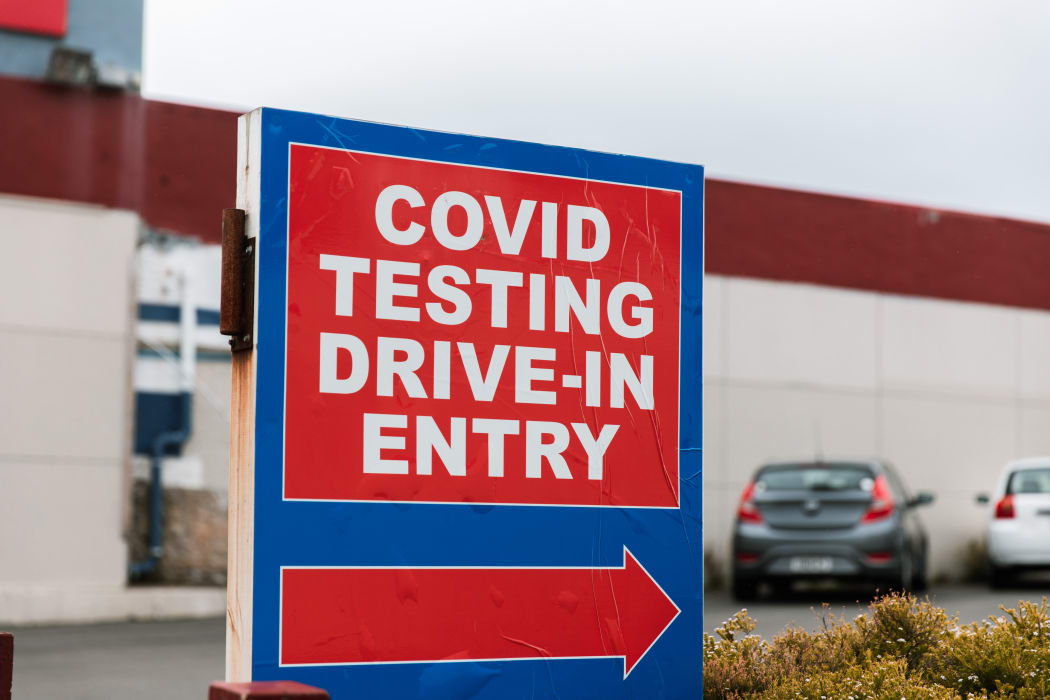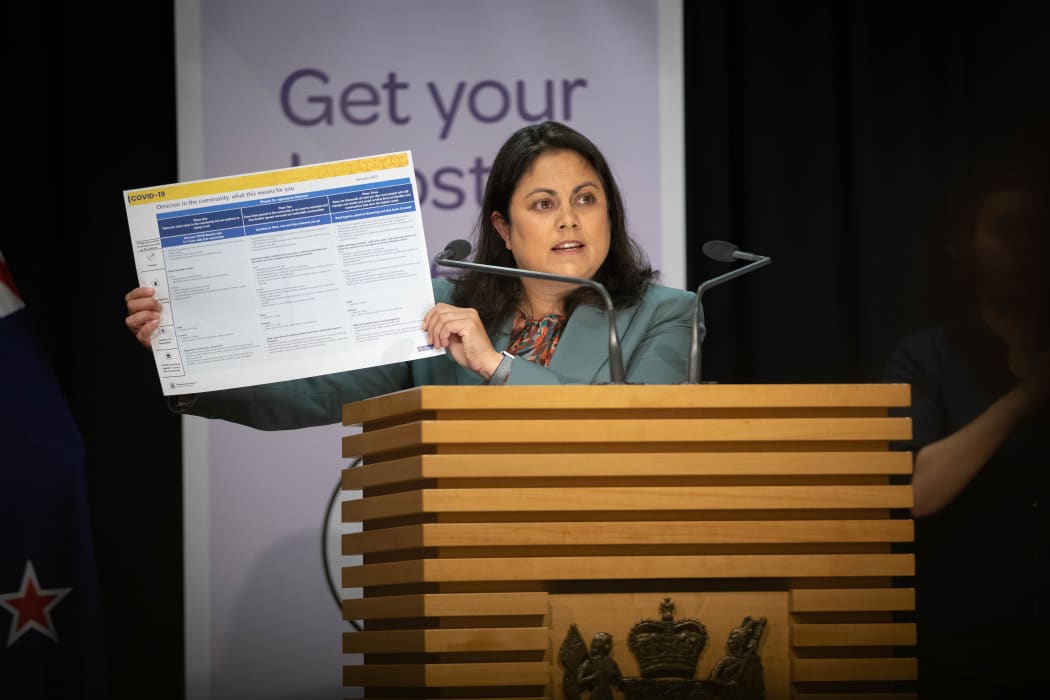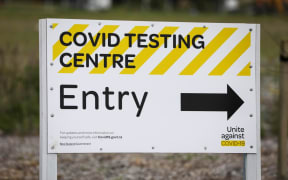New Zealand could be facing 50,000 daily Omicron infections by Waitangi weekend, according to modelling by a highly-respected, overseas health research organisation, peaking at about 80,000 each day just a few weeks later.

Institute for Health Metrics and Evaluation (IHME) projections predict an outbreak in New Zealand lasting about three months, with a total of more than 400 deaths by 1 May. Photo: RNZ / Samuel Rillstone
The Institute for Health Metrics and Evaluation (IHME) projections, updated last Thursday, predict an outbreak in New Zealand lasting about three months, with death rates projected to total more than 400 by 1 May. Daily fatalities are predicted to spike at about 10 through mid March.
There are also warnings this country's ICU capacity will come under "extreme stress" through February and March.
These are of course predictions and should be viewed as such, however they have been given credence by New Zealand's leading expertsincluding University of Otago professors Nick Wilson and Michael Baker: "Our impression is that this work is of high quality and should be considered by NZ policy-makers ... [it's] an organisation with a very strong track record for analysing health data (with some of the best epidemiologists, health data scientists and computer scientists in the world)."
IHMEs modelling with the "most likely" scenarios are based on vaccinations carrying on at the expected pace, mask use staying about the same, and 80 percent of those already vaccinated getting a booster within six months - the numbers do drop if 100 percent get their booster and then again with 80 percent of people using masks whenever they're out in public.
Under the 'most likely' scenario, daily infections start to rapidly take off almost immediately: by 1 February at just over 13,000, by the 9th hitting about 62,000, and peaking in mid February at over 81,000.
The numbers drop slightly if everyone gets their booster shot, but there's a significant difference when 80 percent of people are wearing masks.
These are the two public health controls taken into account, so the modelling doesn't include other measures in place, for example, under New Zealand's red setting; the different responses around the world vary considerably and compliance would be difficult to accurately gauge.
After peaking in mid-February, infections are projected to fall back to around 50,000 by the first week of March, then tailing off through the rest of that month and April.
The government has been preparing for up to 50,000 cases a day and this week unveiled the "three phase" response, under which testing, contact tracing and isolation requirements will change once cases start to rapidly increase.

Associate Health Minister Ayesha Verrall gives details of the three-phase government response to the Omicron outbreak. Photo: RNZ / Angus Dreaver
There was much political debate late last year about ICU capacity and these latest figures should sound the alarm.
In the face of criticism the government had failed to increase the number of fully resourced ICU beds, Health Minister Andrew Little said there were 289 ICU or High Dependency Unit beds available, insisting that could be increased to up to 550 under surge capacity if needed.
That was strongly challenged by clinicians and ICU experts who said the extra capacity was more like 67 - totalling 356 - mainly due to an acute shortage of highly skilled ICU nurses
At the peak of the outbreak, in early March, the modelling estimates 458 ICU beds could be needed, and occupancy could come under "extreme stress" for a number of weeks.
Experts from the University of Otago summarised and analysed the findings, saying the government should take heed and consider police settings accordingly.
They noted socio-economic status and ethnicity were not taken into account, so the modelling wouldn't highlight potentially disproportionate impacts on Māori, New Zealand specific data is incomplete, if Delta cases start emerging again and we end up with a 'dual variant' outbreak the numbers could be worse, and ICU capacity - outlined in classified Across Government Situation Report leaked to Māori Television- may be underestimated so the predicted pressure on the healthcare system may be even greater.
The authors also draw attention to the "high uncertainty" in the data, for example "the number of cases in hospital might peak at 2790 in early March 2022 ... but the 95 percent confidence interval around this 2790 figure is large at: 120 to 9,070".
"As well as considering the strengths and weaknesses of this IHME modelling, policy-makers will need to consider the potential social and economic disruption from an Omicron outbreak," they conclude.
They also call for a stronger approach at the border, as a key area of vulnerability.
"The NZ government is obviously taking this threat seriously with a recent suspension of future places in MIQ. However, this change will not have an impact on arriving cases until March 2022.
"Therefore, substantially reducing the risk now will probably require a rapid and marked reduction of incoming international flights from some countries (ie, until their outbreaks subside in coming weeks)."
Baker also says the phased opening of the border, due at the end of February, should be pushed out, and the time between the second vaccine dose and booster reduced from four to three months.





